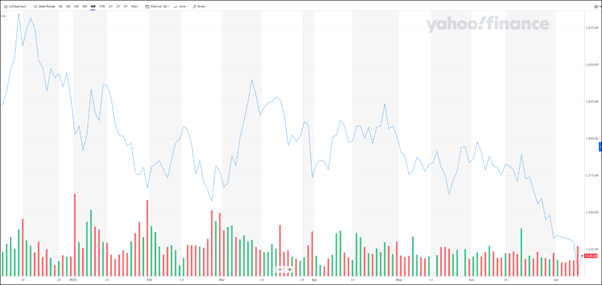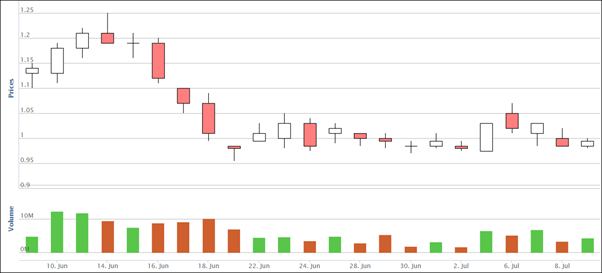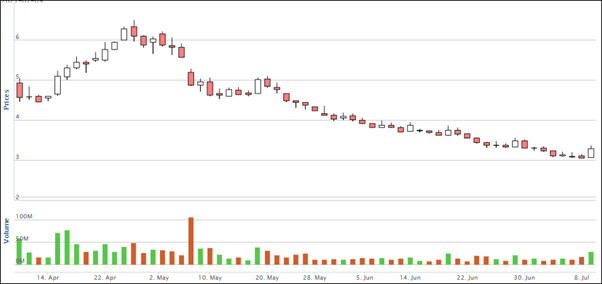Cute elephant herd! Turning on faucet and drinking water by turns, snoozing in the fields, the migrating parade of wild Asian elephants wandering for 15 months in Southwest China’s Yunnan Province has become new internet celebrities.
https://youtu.be/Vis_Em4vNAE
VIDEO: https://www.globaltimes.cn/
Cute migrating wild elephant herd melts Chinese netizens’ hearts. - Global Times https://www.globaltimes.cn/page/202106/1226008.shtml#.YO6yIyXt74M.twitter
Elephant herd new darling in China
The wild Asian elephants’ “adventure” has captured not only domestic attention but that of global too for over a month and there is no sign of fading.
These mammals caught people’s attention after they were spotted roaming at residential areas in Yuxi city, Yunnan province, in late May.
Since then, their movements and daily activities have been the talk of the town, occupying a permanent slot on hot topics chart across social media platforms and gaining millions of followers.
Thousands of articles on the herd bathing in the rivers, feeding on crops in farms, playing in the mud and visiting people’s homes were widely reported.
The act of a baby elephant refusing to take an afternoon nap and kept disturbing its mother that was asleep, the sight of a male adult stopping a fight between two female elephants and the herd huddled together for warmth during thunderstorms melted the hearts of many Internet users.
Making their way through forests and suburban zones, the elephants have marched over 700km up north from their home at Xishuangbanna National Nature Reserve and their destination remained unknown, as of now.
Asian elephants, found mainly in Yunnan, have a small population of around 300 in China.
They move in family units, led by a matriarch.
This north-bound group is identified as the “Short Nose Family”.
The name was given as one of the females has a shorter nose following an injury, according to a special report on China Central Television.
The family of 16 embarked on a “long holiday” in March last year.
They took “a slow” walk and spent nine months to reach Mojiang of Pu’er city, where they welcomed a new member following the birth of a baby elephant.
After a short rest, they moved on again and entered Yuanjiang county of Yuxi city on April 16.
The herd came across a winery and just like some humans, elephants could not resist drinking.
Two of them ended up “drunk” and could not keep up with the others.
Left with no other options, they returned to their original habitat in Mojiang.
The remaining 15 elephants continued to trek up north.
Their journey came to light after news of them entering the residential zones was highlighted by the local media.
On May 27, the herd caught the residents by surprise when they suddenly appeared in a neighbourhood of Eshan county.
A businessman, identified only as Jia, said he saw the elephants from the windows of his tyre shop.
“It was around 10pm, I heard noises on the street and looked out – wow, elephants!” he told the Global Times while sharing the extremely rare experience.
After leaving the town, they carried on the journey and arrived at the provincial capital of Kunming on June 2.
Four days later, a male elephant left the herd and began to wander around the cities alone.
He was captured and sent back to its original habitat in Xishuangbanna Dai autonomous prefecture last Wednesday.
After spending some 10 days in Kunming, the remaining 14 elephants entered Yuxi again and has been moving back and forth within the forest areas.
Drones have been used to monitor the herd’s movement round the clock.
Last week, the local government dispersed over 280 wild mushroom pickers from the forest to avoid the herd, which was heading towards their direction.
Just as all eyes were on the northbound elephants, it was reported that another herd of 17 has made its way to the Xishuangbanna Tropical Botanical Garden of the Chinese Academy of Science in May.
The mammals left the nature reserve and headed some 100km down south.
Their route ahead was blocked by a river, in which a calf had difficulty crossing the rapid water.
So, the herd moved into the nearby garden and stayed on since May 24.
It is unusual for elephants to leave their habitat.
Experts attributed the elephants’ movement to shrinking habitat and food sources as a result of overpopulation.
Due to a series of wildlife protection measures, the number of wild elephants in Xishuangbanna National Nature Reserve has double-up over the past four decades.
Human activities and climate change were said to be among other reasons.
In general, the experts believed the elephants are in search for new homes. The elephant fever has raised awareness on wildlife and nature protection among the people, who called for more actions to be given to ensure sufficient habitats and a healthy ecosystem for these animals.
Source link














 Nasam founder and chairperson Janet Yeo started Nasam in 1996 while she was recovering from a stroke. Photo
Nasam founder and chairperson Janet Yeo started Nasam in 1996 while she was recovering from a stroke. Photo












